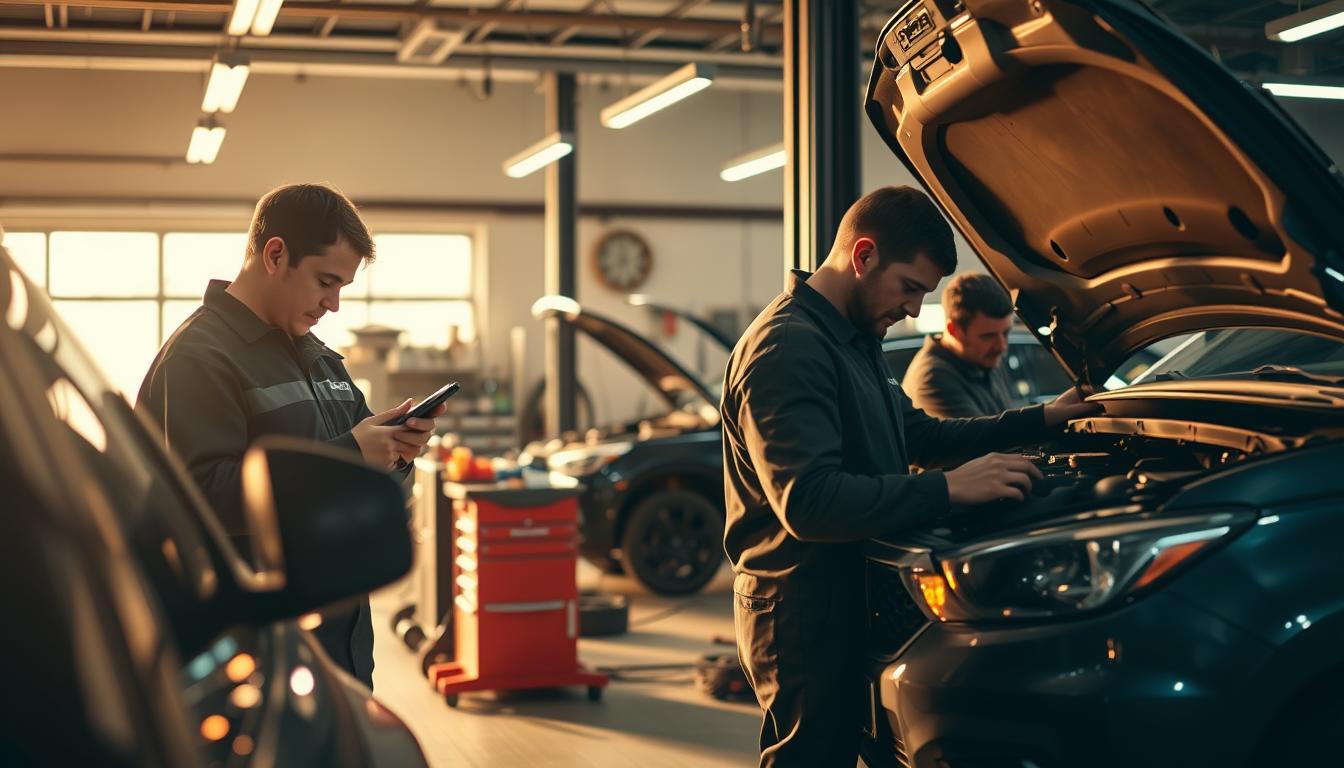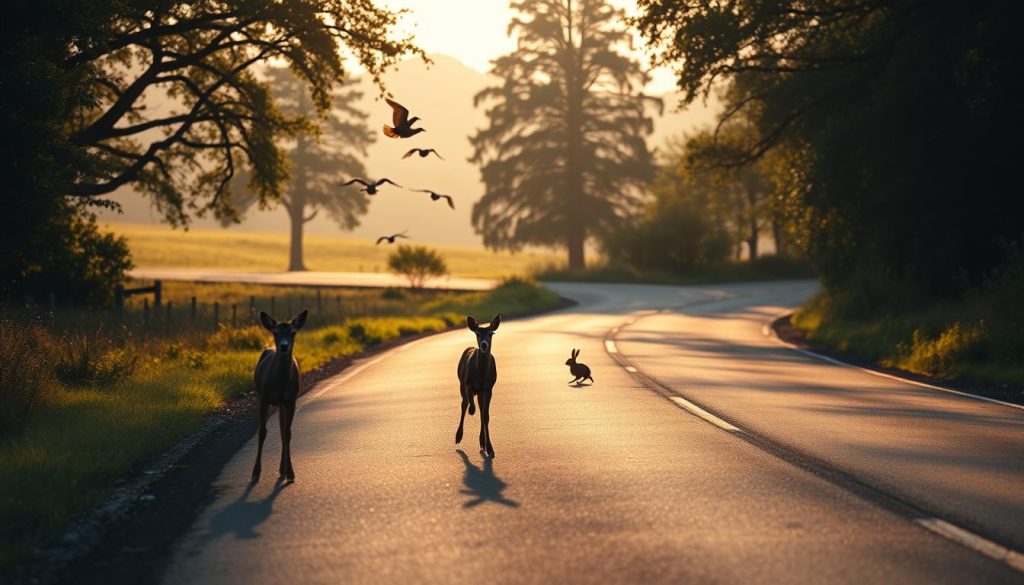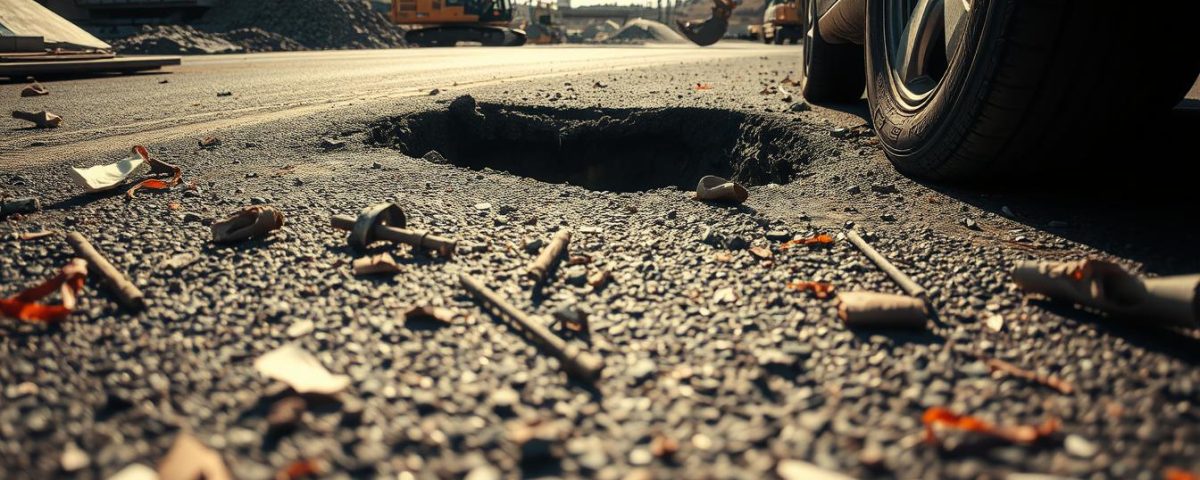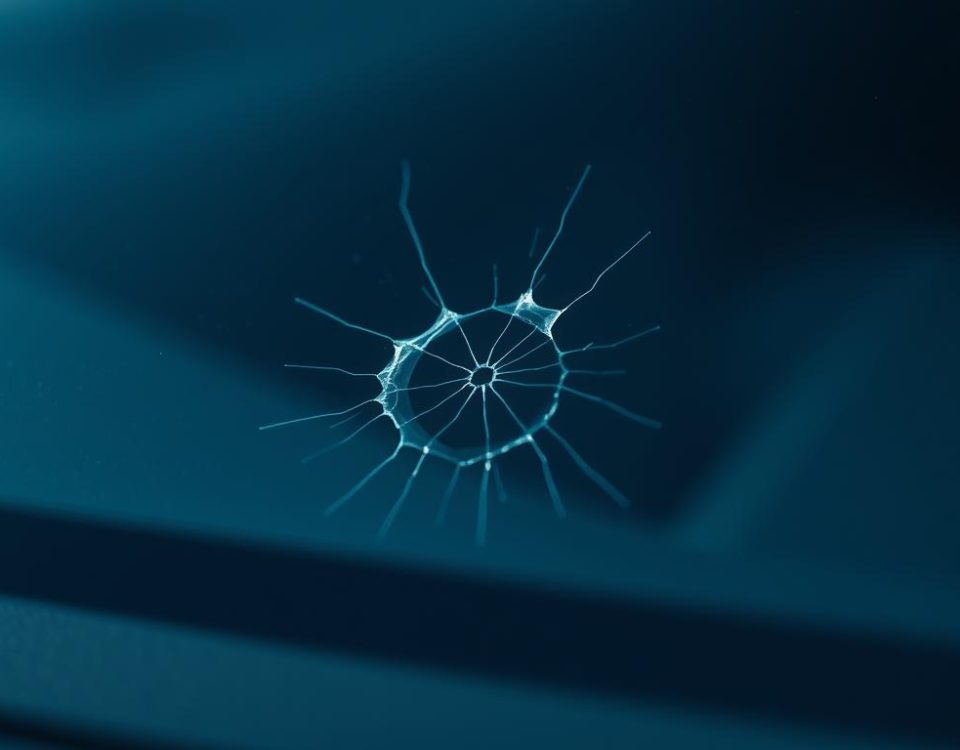
Why Pre- and Post-Repair Inspections Are Essential for Quality Repairs
Understanding the Auto Collision Repair Process: What to Expect
As car owners, we often forget about the dangers on the road. Things like hidden potholes and wild animals can hurt our cars. This can lead to big problems and expensive fixes.
By knowing these dangers, we can keep our cars safe. We’ll look at common road hazards and how to stay away from them. This will help keep our cars in good shape.
Key Takeaways
- Identifying potential road hazards can protect your vehicle from damage.
- Potholes and debris are leading causes of auto body issues.
- Regular vehicle maintenance is essential for minimizing damage risks.
- Being aware of weather conditions can improve driving safety.
- Knowing how to navigate construction zones can prevent accidents.
- Distracted driving poses a significant risk on the road.
Potholes: A Hidden Danger
Potholes are a big danger for drivers. They hide under the road’s surface. They form from road erosion and traffic. Knowing about potholes helps us drive safer.
What Are Potholes?
Potholes are holes in the road. They happen from weather and vehicle weight. Moisture and freezing make them worse. Poor road care makes them more common.
How Potholes Damage Our Vehicles
Potholes can hurt our cars a lot. They hit the suspension hard. This can mess up how our car drives and wear out tires.
How to Avoid Potholes
To avoid potholes, we need to drive smart. Here are some tips:
- Keep a safe distance from the car in front.
- Drive slowly in areas with potholes.
- Make sure your tires are full of air.
- Watch the road and don’t get distracted.
Debris on the Road: Watch Out!
Road debris is a big danger when we drive. Knowing about different types of debris helps us stay safe. Each type can cause accidents, so it’s important to be careful.
Types of Road Debris
There are many kinds of debris on the road. This includes:
- Fallen branches
- Discarded tires
- Gravel
- Litter
- Construction materials
These things can cause accidents if we hit them. It’s key to watch where we’re going.
Risks of Hitting Road Debris
Hitting debris can damage our cars. This can lead to:
- Tire punctures
- Harm to suspension systems
- Alignment issues
Knowing these risks helps us drive more carefully. It keeps us safe from unexpected dangers.
Preventing Run-Ins with Debris
To avoid hitting debris, we need to drive safely. Here are some tips:
- Pay attention to the road and what’s around us.
- Slow down in areas with a lot of debris, like construction zones.
- Use defensive driving by thinking ahead.
Poor Weather Conditions: Be Cautious
Driving in bad weather can be tricky. Knowing how to handle rain, snow, and ice is key. This helps us stay safe on the road.
Rain and Its Effects on Driving
Rain makes it hard to see, so we must be careful. Wet roads can make our cars slide. To stay safe, slow down and keep a safe distance from cars ahead.
Snow and Ice: Extra Dangers
Snow and ice are big challenges. They can make roads very slippery. It’s important to know how to handle these dangers and get our cars ready.
How to Navigate Bad Weather Safely
Safe driving in bad weather means making some changes. Here are some tips:
- Use headlights during rain, snow, or fog to improve visibility.
- Reduce speed and maintain a safe distance from other vehicles.
- Regularly check and maintain brakes and tires for optimal performance.
Uneven Road Surfaces: A Bumpy Ride
Driving on uneven roads is tough. It’s important to know the dangers. This helps us spot hazards better.
Uneven roads can hurt our cars. Things like potholes or ruts can cause big problems. We need to watch out for these.
Identifying Uneven Surfaces
Being alert is key. Look out for:
- Potholes
- Ruts
- Raised patches or shifts
Checking our cars often helps avoid damage. This is because of uneven roads.
Impact on Suspension and Alignment
Uneven roads can cause big problems. These include:
- Poor handling
- Reduced braking efficiency
- Less comfortable rides
Knowing these issues helps us drive better. We can avoid problems by watching our alignment.
Tips for Safe Navigation
Here are tips for driving on uneven roads:
- Slow down near uneven spots.
- Use headlights to see bumps in the dark.
- Avoid sudden turns to keep control.
Road Construction Zones: Stay Alert
Construction zones are tricky to navigate. They have changed lanes, big machines, and workers. It’s key to slow down to keep everyone safe.
Common Hazards in Construction Areas
In construction zones, dangers include:
- Changes in road layout, such as lane shifts and temporary barriers
- Heavy equipment moving around, posing risks to distracted drivers
- Workers present in or near the roadway, requiring special attention
Navigating Construction Sites Safely
To drive safely in construction areas, follow these steps:
- Reduce speed and follow construction zone speed limits
- Change lanes as necessary while keeping a safe distance from work zones
- Stay alert for sudden changes or directions from traffic control personnel
Driving carefully in construction zones helps everyone stay safe.
Importance of Observation and Caution
Being careful and alert is crucial in construction zones. Avoid distractions to spot dangers quickly. Here are some tips:
- Continuously check mirrors for construction vehicles
- Stay focused on the road and avoid phone use
- Be ready for unexpected changes in work zones
Being aware of construction sites makes driving safer and reduces accidents.
Animals on the Road: Unexpected Encounters
When we drive, we might see wildlife on roads. This can be a big challenge, mostly in rural areas. Animals like deer, raccoons, and small creatures can appear suddenly. This increases the chance of accidents, causing damage and injuries.
Types of Wildlife to Watch For
We should watch out for these animals:
- Deer
- Raccoons
- Foxes
- Bears
- Smaller mammals such as rabbits and squirrels
How Animal Crossings Can Cause Damage
Crashes with wildlife can hurt our cars a lot. They can be very expensive to fix and might even hurt us. Knowing where animals cross roads helps us stay safe.
Safety Tips When Encountering Wildlife
To stay safe when animals are on the road, follow these tips:
- Slow down and be ready to stop.
- Use your horn to warn animals you’re coming.
- Be careful at dusk and dawn when animals are most active.

Traffic and Other Vehicles: The Human Factor
Knowing how traffic works and what other drivers do is key to driving safely. Rear-end accidents often happen when someone stops suddenly or gets distracted. By understanding these causes, we can prevent accidents.
Understanding Rear-End Accidents
Rear-end accidents are very common. They usually happen when a driver doesn’t leave enough space. Stopping suddenly for a red light or something unexpected can cause these accidents. Knowing what can lead to a rear-end collision helps us drive more safely.
The Role of Distracted Driving
Distracted driving is a big reason for accidents. It’s important to keep our eyes on the road. Using phones or getting distracted can lead to rear-end accidents. We need to stay focused to avoid accidents.
Defensive Driving Strategies
Defensive driving is crucial for our safety. Anticipating what other drivers might do helps us react faster. Keeping a safe distance gives us time to stop suddenly. Safe driving, like staying alert and avoiding distractions, helps us avoid accidents.
Rust and Corrosion: Long-Term Damage
Rust is a silent destroyer that impacts many vehicles over time. Understanding the rust causes can help us recognize potential threats to our vehicle’s well-being. Common factors leading to vehicle corrosion include exposure to moisture, road salt, and environmental conditions. By being informed, we empower ourselves to take necessary precautions against extensive damage.
Causes of Rust in Vehicles
Numerous elements contribute to rust forming on our cars. The primary rust causes entail:
- Exposure to moisture and humidity
- Contact with road salts during winter months
- Scratches and chips in the paint allowing water to seep into the metal
- Environmental factors such as acid rain or pollutants
How Rust Compromises Vehicle Integrity
As rust progresses, it can significantly undermine the vehicle integrity. Critical components, including safety features and overall performance, may become compromised. Areas most vulnerable to rust include:
- The undercarriage
- Wheel wells
- Brake lines and fuel tanks
Addressing these issues promptly can prevent more serious problems down the road.
Preventative Measures We Can Take
To maintain the longevity of our vehicles and mitigate rust impacts, regular vehicle maintenance becomes crucial. Effective rust prevention strategies include:
- Washing our cars frequently to remove dirt, grime, and road salt
- Applying wax to protect the paint and create a barrier against moisture
- Scheduling routine inspections to detect early signs of rust damage
By employing these methods, we can significantly enhance the lifespan of our vehicles and keep rust at bay.
Roadside Curb Hazards: Beware of Edges
Driving can lead to hitting curbs. This is risky for our cars. Knowing these dangers helps keep us safe and our cars in good shape.
Common Curb Hazards
There are many curb hazards we face. Some include:
- Uneven curbing, which can make our car bounce.
- Obstructed views around curbs, making it hard to see things.
- Cracked or damaged curbs, which can hurt our tires or suspension.
How Curb Crashes Can Affect Our Cars
Hitting a curb can really damage our cars. These impacts can cause:
- Tire and wheel damage, which can be very expensive.
- Alignment issues that can wear down our tires and steering.
- Structural damage that can make our car unsafe.
Best Practices for Avoiding Curb Impacts
To stay safe and avoid hitting curbs, we can follow some tips. Important ones are:
- Practicing safe parking to avoid hitting curbs.
- Using mirrors and backup sensors to see better while moving.
- Knowing how big our car is to fit in tight spots.

Conclusion: Trust Miracle Body and Paint for Repairs
Getting your car fixed after an accident is very important. Miracle Body and Paint makes sure your car looks like new again. Our team uses the latest methods and tools for top-notch service.
Why Choose Us for Collision Repair?
We are the best at fixing cars after accidents. We serve San Antonio with a team ready to help. Our years of experience and focus on you mean you get great service.
Dual Locations in San Antonio for Your Convenience
We have two places in San Antonio to make things easier for you. One is in Leon Valley, and the other is in North East San Antonio. No matter where you are, we’re here to help. Choose Miracle Body and Paint for caring service and quick fixes.



